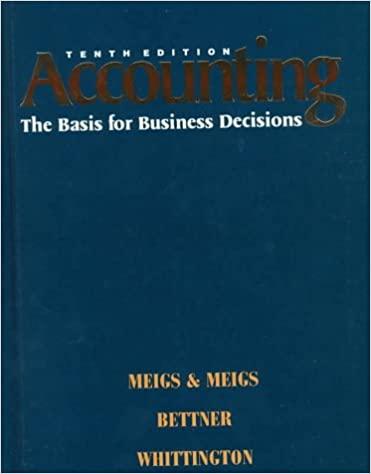


Hopkinton Test Laboratories does heat testing (HT) and stress testing (ST) on materials and operates at capacity. Under its current simple costing system, Hopkinton aggregates all operating costs of $1,200,000 into a single overhead cost pool. Hopkinton calculates a rate per test-hour of $16 ($1,200,000 / 75,000 total test-hours). HT uses 50,000 test-hours, and ST uses 25,000 test-hours. Gary Mahoney, Hopkinton's controller, believes that there is enough variation in test procedures and cost structures to establish separate costing and billing rates for HT and ST. The market for test services is becoming competitive. Without this information, any miscosting and mispricing of its services could cause Hopkinton to lose business. Mahoney divides Hopkinton's costs into four activity-cost categories. (Click the icon to view the activity-cost categories.) Read the requirements. Requirement 1. Classify each activity cost as output unit-level, batch-level, product- or service-sustaining, or facility-sustaining. Explain each answer. Cost Item Cost-type Output unit-level Output unit-level a. Direct labor b. Equipment-related costs (rent, maintenance, energy, etc.) c. Setup costs d. Costs of designing tests Batch-level Service-sustaining Output unit-level costs are related to the number of units tested; required for each unit tested. Batch-level costs are related to a group of units of the service. They are not related to the number of units tested. Service-sustaining costs are costs used to support individual services regardless of the number of units or batches tested. Facility-sustaining costs are costs that can not be traced to individual services but support the company as a whole. Requirement 2. Calculate the cost per test-hour for HT and ST. Explain briefly the reasons why these numbers differ from the $16 per test-hour that Hopkinton olnulated reina ito cimnla nnetina cvetom Data Table a. Direct-labor costs, $225,000. These costs can be directly traced to HT, $175,000, and ST, $50,000. b. Equipment-related costs (rent, maintenance, energy, and so on), $375,000. These costs are allocated to HT and ST on the basis of test-hours. c. Setup costs, $360,000. These costs are allocated to HT and ST on the basis of the number of setup-hours required. HT requires 10,000 setup-hours, and ST requires 5,000 setup-hours. d. Costs of designing tests, $240,000. These costs are allocated to HT and ST on the basis of the time required to design the tests. HT requires 2,500 hours, and ST requires 1,500 hours. Requirements 1. Classify each activity cost as output unit-level, batch-level, product- or service-sustaining, or facility-sustaining. Explain each answer. 2. Calculate the cost per test-hour for HT and ST. Explain briefly the reasons why these numbers differ from the $16 per test-hour that Hopkinton calculated using its simple costing system. 3. Explain the accuracy of the product costs calculated using the simple costing system and the ABC system. How might Hopkinton's management use the cost hierarchy and ABC information to better manage its business









